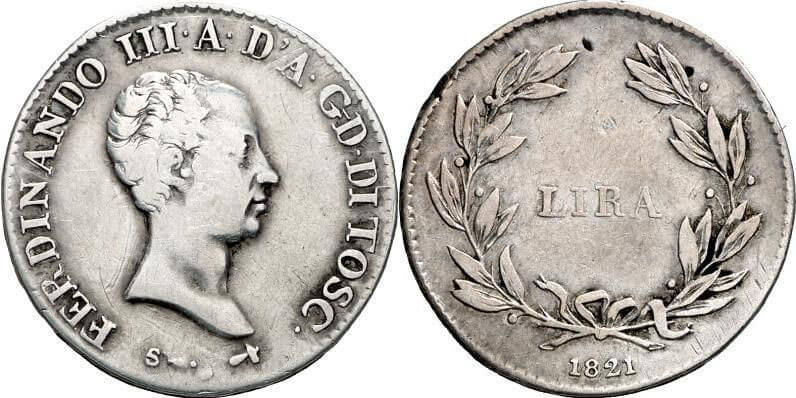
Giuseppe Garibaldi – everybody has heard of this hero of Italy’s history. Within the sphere of Italian nationalism, the name Garibaldi (*1810, †1861) – after whom many central streets and squares are named even in the remotest corners of today’s Italy – stands for a charismatic warhorse whose appeal extends far beyond Italy. However, the true creator of the Italian unification is Camillo Benso Count of Cavour.
Until well into the 19th century, Italy was a scattered complex of states: there were the Papal States, several kingdoms, duchies and principalities existing next to each other. Each of these territories – plus a few city states – divided the Italian boot into small geographic pieces. And the political situation was also a total muddle: the Spanish, French and Austrians ruled directly or indirectly over larger and smaller parts of Italy.
Thus, Italy was – similar to Germany – separated into many small states. And, as was the case in Germany, the Italian movement to national unification began in one of these states: Italy’s small equivalent to Prussia was Piedmont-Sardinia, the only true Italian state system at the time. Benso di Cavour served there as Prime Minister (1852-1861) under the relatively liberal King Victor Emmanuel II (1849-1878). And just like his German counterpart Bismarck, Cavour too knew how to make allies: he supported Napoleon III in the Crimean War (1853-1856) with 15,000 soldiers and thus gained the favour of France.

The Secret Alliance Between France and Italy
In the summer of 1858, Napoleon III and Cavour secretly met – according to the official version, Cavour was on a holiday in Switzerland at that time – and decided to start a war to expel Austria from Italy. After their victory, all territories of Northern Italy were to be part of the Kingdom of Piedmont, while France was to receive Savoy and Nice in return for their help. Several month later, France and Piedmont concluded a formal alliance for military support; as they hoped, Austria was provoked by this and declared war against the allies.
Austria was defeated in the terrible battles of Magenta and Solferino. Napoleon III as well as his opposite Franz Joseph I (1848-1916) were present on the battlefield – and legend has it that the horrors of war repelled them so much that they immediately entered into peace negotiations. In reality, of course, Napoleon’s reasons for concluding peace were much more about politics – after all, the French themselves were not happy about Napoleon’s actions in Italy.
However, another man was actually deeply moved by the bloodbath at Solferino: the Swiss merchant Henri Dunant (*1828, †1910) was shocked by the misery of the wounded. On his initiative, a group was formed in Geneva known as the International Committee of the Red Cross. In 1863 a first convention “for the Amelioration of the Condition of the Wounded in Armies in the Field” was adopted by 16 states.
Ducats, Lira and Other Currencies: Numismatic Small States
Prior to the unification of the country into the Kingdom of Italy in 1861, the Italian monetary system was just as scattered as the country itself. There were numerous small states, and all of them issued their own coinage. Moreover, most of these states were ruled or at least influenced by various major powers: The north of Italy – Lombardy and Venice – was dominated by Austria; and Austrian convention coins were used there. In Lucca and Tuscany, the “lira di Toscana” circulated. The South of Italy was under the power of the Kingdom of the Two Sicilies. Ducats and silver grani were used there. And in the Kingdom Piedmont-Sardinia, the French monetary system had been adopted in 1820: Napoleon Bonaparte had introduced the French monetary system in northern Italy after his coronation as king in 1805, simply replacing the name “franc” with the name of the old denomination “lira”. After his downfall, this currency continued to be used in large parts of the country.
In the next part, we will proclaim the Kingdom of Italy and eliminate the country’s heterogeneous monetary system!
Here you can find all parts of the series “From Lira to Euro. Italy’s History in Coins”.








